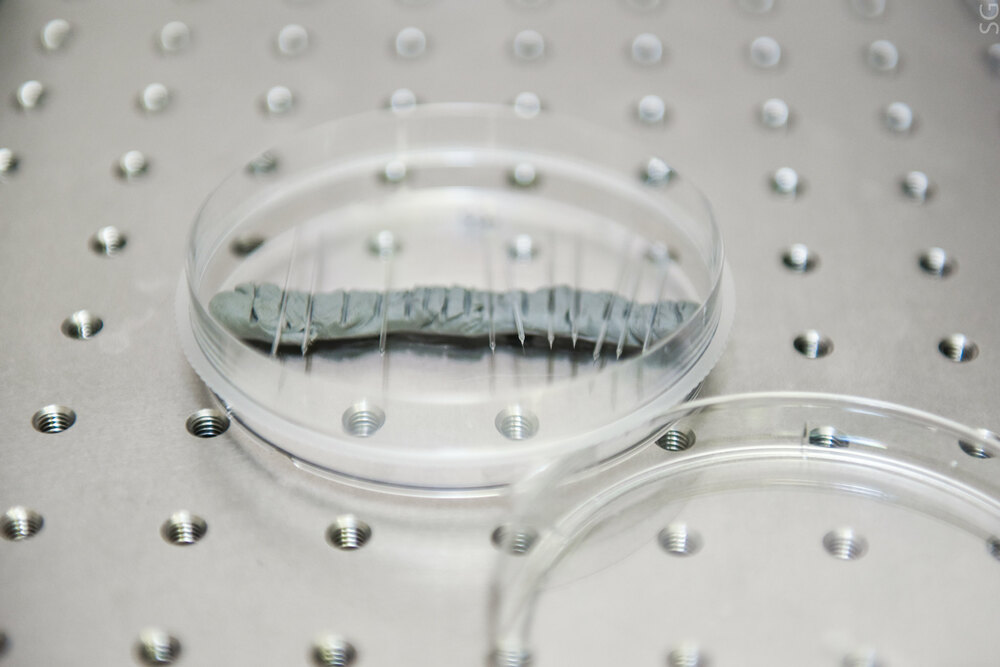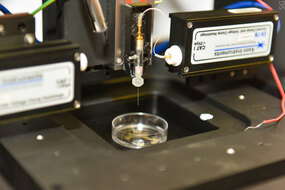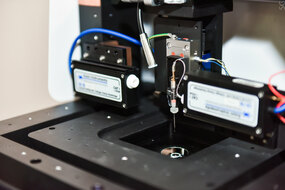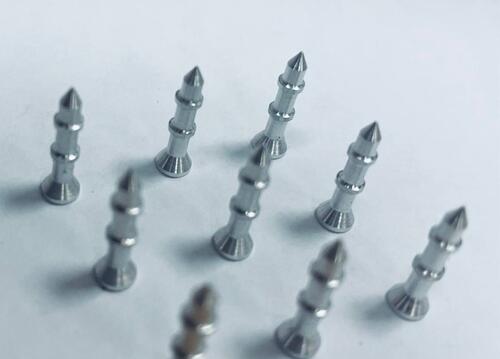The international team of scientists from NUST MISIS, Imperial College London, Kanazawa University (Japan) and Lomonosov Moscow State University has developed a nanoprobe for 3D mapping of the pH (level of acidity) of a living cell with a spatial resolution of 50 nanometers. The unique tool can be used in an in-depth study and understanding of the mechanism of cancer metastasis, the course of gastric ulcer, inflammation in the human body and other biological systems. The results are presented in the international scientific journal Nature Communications.
The vital activity of body cells requires maintaining a relatively constant neutral extracellular microenvironment. It is known that extracellular acidification, a shift in the pH level to the acid side, occurs during inflammatory processes and in the development of tumors.
Moreover, an acidic intercellular fluid can promote tumor metastasis and by itself stimulate inflammatory responses. Therefore, an accurate measurement of the level of local extracellular pH is necessary for scientists to study the mechanisms of development of pathologies and find ways to resolve them.
Scientists have developed a nanoprobe that allows monitoring the pH level of living cells with a spatial resolution of up to 50 nanometers and with a speed of up to 2 milliseconds. It does not require the prior introduction of fluorescence labels into the tissue or cell, it is non-toxic and safe for the body being examined. Moreover, it is a rather complex and delicate mechanism.
“The main functional element of the device is a nanosensor, which is obtained by cross-linking glucose oxidase and poly-1-lysine at the tip of a glass nanocapillary and, as a result, forms a pH-selective nanomembrane with a sensitivity higher than 0.01 units. This sensor is capable of rapid response (up to ~ 2 ms) and uniquely high spatial resolution (~ 50 nm). The microscopic membrane was integrated into a two-channel glass nanoprobe, combining pH measurement with remote control with feedback using a Scanning Ion Conductance Microscopy ”, - says Ph.D. Alexander Erofeev — one of the co-authors of the work, an employee of the NUST MISIS laboratory “Scanning Ion Conductance Microscopy” under the guidance of Professor Yuriy Korchev.
As a result, the researchers obtained a technology based on which simultaneous 3D topography and acidity monitoring of living cells, for example, cancer cells, gastric mucosa, heart cells, etc., can be carried out. At the output, you can get a three-dimensional image of a section of living tissue and even individual cells with indications of local values of the acidity level of the medium.
The results of scientific work can be crucial for understanding the role of pH in cellular activity and, in turn, its importance in the diagnosis and treatment of cancer, as well as the occurrence and course of many inflammatory processes.






